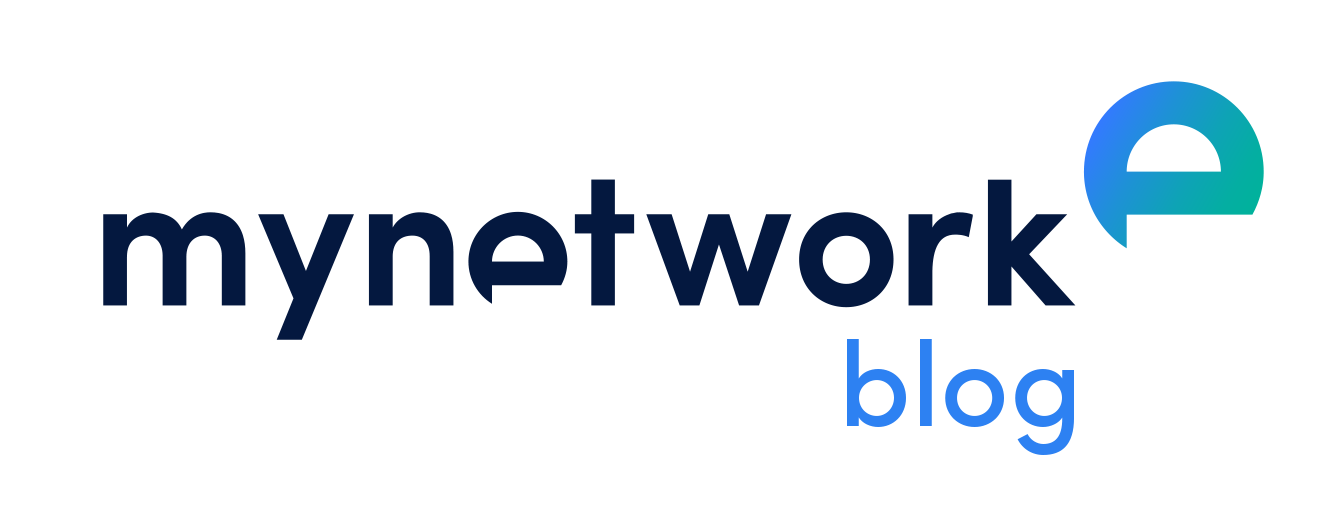Programy well-being w organizacji: przewodnik
W tym artykule dowiesz się:
- dlaczego warto mieć strategię well-being
- jak opracować skuteczną strategię well-being w organizacji

Część 2 – jak opracować skuteczną strategię well-being w organizacji?
Od kiedy Gallup i Healthways opracowali kompleksową, opartą na badaniach definicję dobrostanu pracowników, stało się jasne, że działania pracodawców w tym zakresie powinny wybiegać daleko poza troskę o kondycję fizyczną. Jednak dopiero pandemia i zmiana trybu pracy przekierowały uwagę organizacji na zdrowie psychiczne i pozostałe aspekty kształtujące dobre samopoczucie pracowników. Opracowując strategię well-being warto podejść do niej w sposób systemowy, dbając o każdy z pięciu elementów: poczucie sensu, relacje, finanse, społeczność i zdrowie fizyczne.
Dlaczego warto mieć strategię well-being?
Badania przeprowadzone wśród liderów HR z Wielkiej Brytanii wykazały, że 50% organizacji posiada odrębną strategię w obszarze well-beingu, realizowaną w zakresie szeroko pojętej strategii organizacyjnej. W porównaniu do roku 2018 to zmiana o 10%. Tylko 13% badanych firm nie podejmowało żadnych działań w tym zakresie, ale 46% dostarcza działania doraźne, według aktualnych potrzeb pracowników.
Można przypuszczać, że w polskich firmach takie podejście jest dominujące, zwłaszcza że przed pandemią programy związane z kondycją psychiczną miało zaledwie 3% rodzimych firm, wobec 41% brytyjskich. I choć doniesienia pokazują, że każde, nawet najmniejsze działanie ma sens, to w dzisiejszych czasach rozproszonych struktur, niepewności ekonomicznej, ciągłych zmian i dużego obciążenia psychicznego pracowników, należy działać holistycznie. W świecie biznesu, w którym kształtowanie doświadczeń pracowników (także cyfrowych) jest tak samo cenne jak kształtowanie doświadczeń klientów, brak spójności, autentyczności i wszelkie błędy, mogą okazać się bardzo kosztowne.
Jak opracować skuteczną strategię well-being w organizacji?
Tracy Brower, socjolożka i autorka książki The Secrets to Happiness at Work, proponuje spojrzeć na strategię well-being z szerokiej perspektywy całej kultury organizacyjnej – norm, wartości, założeń i systemów wspólnych przekonań w organizacji. Dlatego, tworząc strategię, warto zadać sobie szereg pytań, w tym o cel, do jakiego dążymy i wskaźniki, które wskażą nam efektywność podejmowanych działań.
Ale to kultura organizacyjna, o której mówi Brower, jest kluczem do planowania wszelkich działań. Jej zdaniem to właśnie silna, konstruktywna kultura tworzy kontekst dla innowacyjnych rozwiązań w zakresie dobrostanu pracowników. To ona sprawia, że ludzie czują się włączeni i zaangażowani, przez co mogą lepiej wykonywać swoją pracę. I to ona wyznacza zakres tworzonej i realizowanej strategii wynikającej ściśle z potrzeb pracowników i liderów. Jakie aspekty należy w niej uwzględnić?

- Zdrowie psycho-fizyczne – to już nie tylko karty benefit, ale cały pakiet komunikacyjno-wspierający. Ważną rolę pełni w nich dostęp do inicjatyw online w zakresie wyzwań związanych ze zdrowym odżywianiem, ruchem czy utrzymaniem równowagi pomiędzy pracą i życiem zawodowym. To także dostęp online do szkoleń, które uczą, jak radzić sobie ze stresem i codziennymi wyzwaniami (relaksacje, mindfulness, spokojny sen, medytacje itp.), z których pracownicy mogą skorzystać w każdej chwili.
- Życie rodzinne – praca zdalna wiąże się z dodatkowym stresem dla rodziców dzieci w różnym wieku. Warto zadbać o tych pracowników, którzy borykają się z problemami nieznanymi sprzed pandemii (szkoły online), np. zapewniając elastyczne podejście do godzin pracy w biurze i w domu. Niektóre firmy zapewniają w nagłych przypadkach opiekę nad osobami starszymi lub dziećmi, a nawet wykupują dla dzieci swoich pracowników pakiety korepetycji online.
- Społeczność – dobre samopoczucie to także więzi, które budują przynależność. Brak bezpośredniego kontaktu lub jego ograniczenie do minimum musi być zatem kompensowany przez budowanie relacji online. Komunikacja z pomocą nowoczesnych technologii, w tym platform komunikacyjno-szkoleniowych, musi wychodzić poza ramy zawodowe. To także element kultury organizacyjnej, w której troska o siebie nawzajem buduje kapitał społeczny organizacji.
- Celebrację, czyli świętowanie sukcesów i dzielenie się wzajemnym uznaniem. To także ważny element strategii well-being, w której poprzez radosne chwile i ich celebrowanie wspiera się budowanie zaangażowania.
- Uczenie się i rozwój – szkolenia, dostęp do wiedzy, wymiana doświadczeń, informacje zwrotne i rozwój kariery mają znaczny wpływ na samopoczucie pracowników. Umiejscowienie całości działań L&D w strategii well-being to ważny aspekt wspierania pozytywnych doświadczeń pracowników i ich zaangażowania. Siła ciężkości naturalnie przenosi się tu na inicjatywy online, dlatego warto zadbać o wysoką jakość oferowanych rozwiązań.
- Stałe monitorowanie potrzeb i efektów – staje się ono niezbędne w świecie VUCA, w którym zmiany są na porządku dziennym. To, co było ważne dla pracowników dziś, może nie być ważne już jutro – a tym samym stosowane rozwiązania szybko się dezaktualizują. Po raz kolejny, z pomocą przychodzi technologia, która umożliwia zbieranie danych i wskaźników na bieżąco.
- Technologię dopasowaną do potrzeb i możliwości pracowników, dającą przestrzeń na elastyczne podejście do pracy i życia prywatnego. Ale to także uważność pracodawców na wypalenie cyfrowe, oferując im, np. nowoczesne sposoby szkoleniowe, takie jak microlearning czy chunking.
Żadna, najlepiej opracowana strategia w zakresie dbania o dobrostan pracowników nie może być skuteczna, jeśli pracownicy nie będą mieli przestrzeni na odpoczynek. Przeciążenie pracą powoduje frustrację i prowadzi do wypalenia zawodowego. Troska o pracowników dotyczy całej organizacji, w tym liderów. Warto zastanowić się, czy posiadają oni właściwe umiejętności w zakresie empatycznego zarządzania i wspierania pracowników. A jeśli nie, jak ich w te umiejętności wyposażyć.
Oczekiwania pracowników są jasne – prawie 73% uważa, że pracodawca powinien troszczyć się o ich kondycję psychiczną i prowadzić inicjatywy wspierające ich samopoczucie i dobrostan[1]. Dlatego warto robić to mądrze, przeprowadzając dogłębne badanie potrzeb i dostarczając przemyślane i potrzebne rozwiązania, które wesprą pracowników w ich realnych problemach i codziennych wyzwaniach.
_____________
[1] Oprac. na podstawie: https://f.hubspotusercontent40.net/hubfs/5488344/Raport_Activy-Przyszlosc_well-beingu_benefitow.pdf



